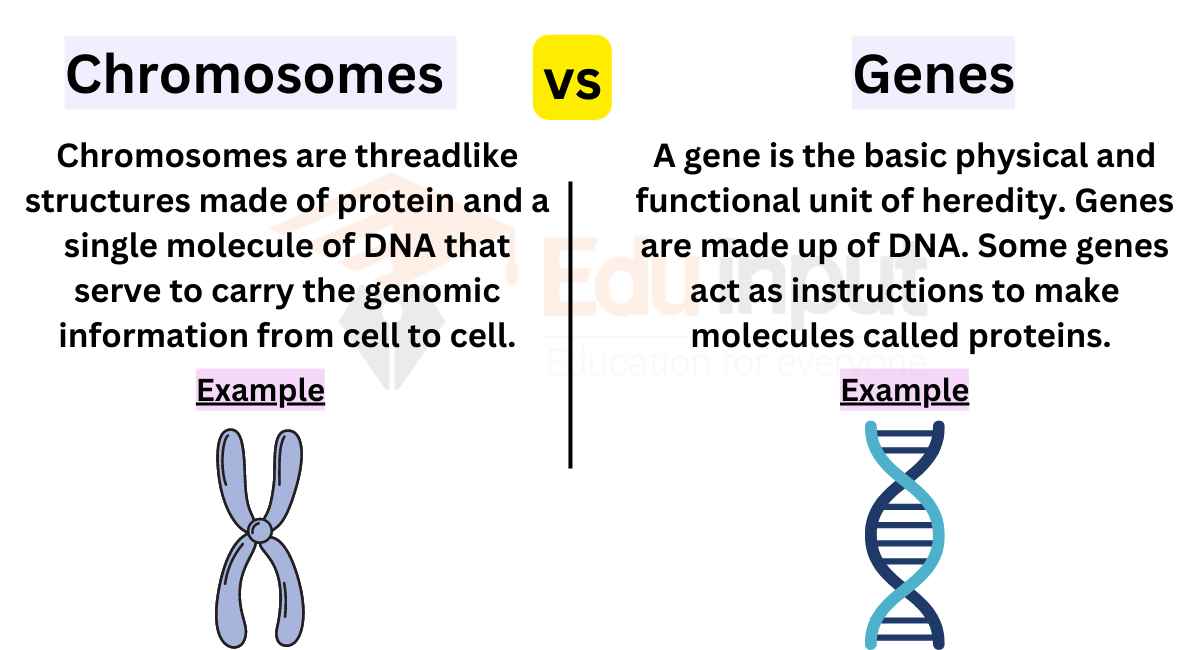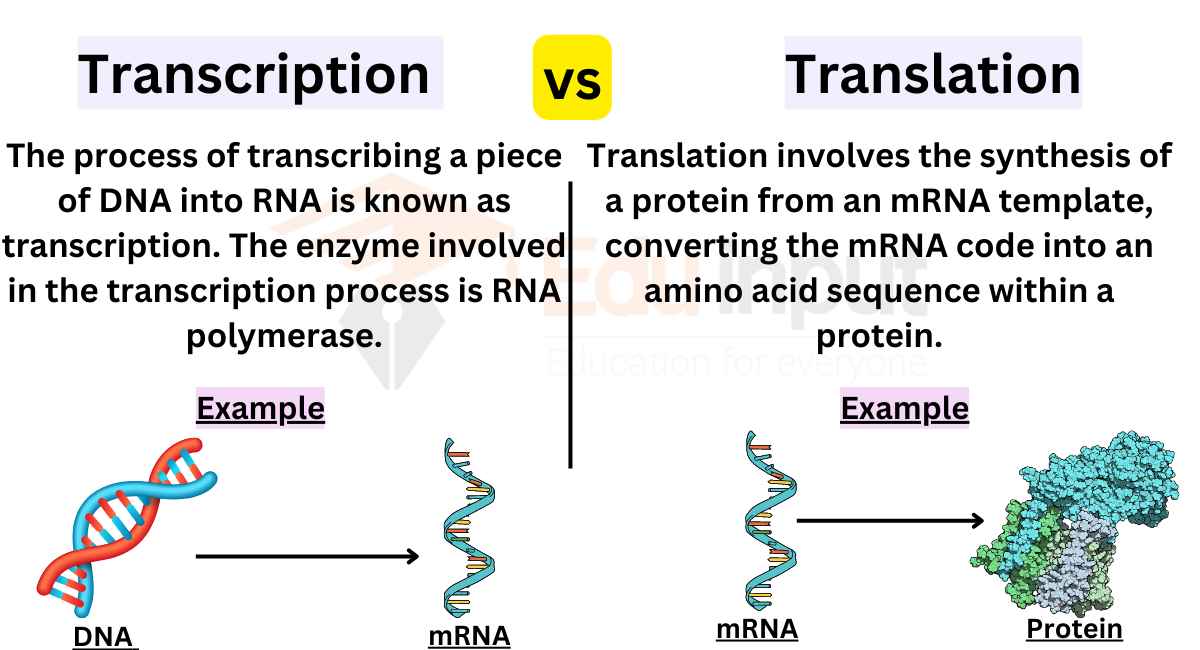Difference Between Primary and Secondary Dentin
Key Difference
Primary and secondary dentin are two types of dentin, a calcified tissue of the body, found in teeth. The key difference lies in their formation time and purpose.

Primary dentin is the main form of dentin in teeth, forming the bulk of a tooth’s structure. It is created during the original development of the tooth and ceases to form once the tooth erupts into the mouth.
Secondary dentin, on the other hand, forms after the tooth eruption and continues to develop throughout a person’s life. It is produced more slowly than primary dentin and serves as a response to stimuli, such as wear or decay, helping to protect the dental pulp.
Comparative Analysis
- Formation Timing
- Primary Dentin: Forms during tooth development, before eruption.
- Secondary Dentin: Begins forming after tooth eruption, continues throughout life.
- Growth Rate
- Primary Dentin: Forms rapidly.
- Secondary Dentin: Forms more slowly.
- Function
- Primary Dentin: Main structural component of the tooth.
- Secondary Dentin: Protective, responding to wear, decay, or other stimuli.
- Location
- Primary Dentin: Underlies the tooth’s enamel and surrounds the pulp.
- Secondary Dentin: Deposited on the internal walls of the pulp chamber.
- Dental Health Impact
- Primary Dentin: Essential for tooth structure and integrity.
- Secondary Dentin: Can reduce the size of the pulp chamber over time.
Table Summary
| Feature | Primary Dentin | Secondary Dentin |
|---|---|---|
| Formation Timing | Before tooth eruption | After tooth eruption |
| Growth Rate | Rapid | Slow |
| Function | Structural component of tooth | Protective response to stimuli |
| Location | Under enamel, around pulp | Internal walls of pulp chamber |
| Dental Health Impact | Integral to tooth structure | Affects pulp chamber size |
Read Difference Between Sporogenesis and Gametogenesis







Leave a Reply